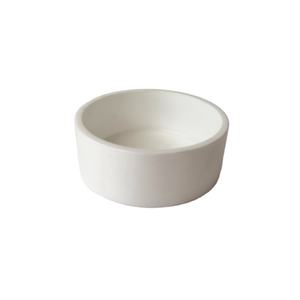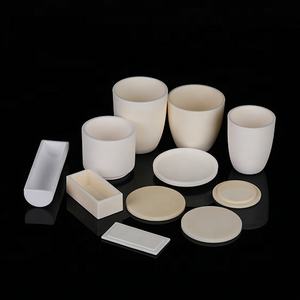Professional industry ceramic supplier, silicon nitride, silicon carbide, aluminum nitride and any other kinds of ceramics.
PRODUCT PARAMETERS
Description
Overview of Melting Platinum Quartz Melting Dishes Ceramic Bowl
Melting Platinum Quartz Melting Dishes Ceramic Bowl are a unique class of materials manufactured by fusing high-purity quartz crystal into a non-crystalline, vitrified form. This process results in a ceramic with an exceptionally low and predictable thermal expansion coefficient, making it supremely resistant to thermal shock. Its outstanding optical, thermal, and electrical properties make it indispensable in high-temperature viewing windows, semiconductor processing, precision instrumentation, and aerospace applications.
Features of Melting Platinum Quartz Melting Dishes Ceramic Bowl
-
Exceptional Thermal Shock Resistance: Its near-zero thermal expansion coefficient allows it to withstand extreme and rapid temperature changes without cracking.
-
High Purity & Chemical Stability: Excellent resistance to corrosion from acids and molten metals, ensuring performance in aggressive environments.
-
High Service Temperature: Can be used continuously at high temperatures while maintaining its structural integrity.
-
Excellent Optical Properties: Offers high transmission from the ultraviolet to the infrared spectrum, ideal for lenses, windows, and optical substrates.
-
Low Thermal Conductivity: Provides effective thermal insulation.
-
Superior Electrical Insulation: Maintains high electrical resistivity and low dielectric loss at elevated temperatures.
Specifications of Melting Platinum Quartz Melting Dishes Ceramic Bowl
These platinum quartz melting dishes serve labs and jewelers. You use them for melting precious metals like gold or platinum. They also work for other high-temperature applications. The material combines platinum and quartz. This blend creates a super tough ceramic bowl. It handles extreme heat very well. The melting point exceeds 1750°C (3182°F). This is much hotter than most metals need. Sudden temperature changes won’t crack it easily. Thermal shock resistance is excellent. The surface stays smooth and non-reactive. Molten metal won’t stick to it. Chemical corrosion is also minimal. Acids and fluxes don’t damage the bowl. This ensures pure melts without contamination. Cleaning is straightforward after use. Available sizes cover common needs. Common diameters are 25mm, 50mm, and 75mm. Depths vary accordingly. Weight depends on the size. A 50mm dish weighs roughly 40 grams. The dense material feels solid. These dishes last a long time. They resist wear and tear effectively. Proper handling is important. Avoid sharp impacts. Don’t quench them when red-hot. Let them cool down slowly instead. Platinum gives the bowl its key properties. Heat resistance and chemical inertness come from platinum. Quartz adds stability and structure. Together they form a reliable crucible. This dish is a practical tool for demanding tasks. It offers consistent performance melt after melt.
Applications of Melting Platinum Quartz Melting Dishes Ceramic Bowl
Melting platinum quartz melting dishes ceramic bowls are essential tools for high-temperature work. These dishes handle extreme heat very well. They are made from special quartz ceramic materials. This material resists sudden temperature changes. It won’t crack easily going from cold to hot or hot to cold. That’s important for safety and reliability.
Their main job is melting metals like platinum. Platinum melts at a very high temperature. Ordinary dishes can’t handle that heat. These quartz ceramic dishes can. They are perfect for jewelers working with platinum. They are also vital in labs melting platinum for research or making special materials. You need a dish that won’t contaminate the metal. These dishes are very pure. They keep the platinum sample clean during melting. That purity matters for accurate results.
But their use isn’t just for platinum. They work great for melting other high-melting-point metals too. Think about gold or silver alloys needing high heat. These dishes are strong enough. They are also useful for high-temperature chemical reactions. Scientists need containers that won’t react with chemicals. These quartz ceramic bowls are inert. They won’t interfere with the experiment. This is crucial for getting true results.
You see these dishes in jewelry workshops melting precious metals. You find them in research labs doing materials science. Industrial settings use them for quality control testing. Electronics manufacturing might use them for specific high-heat processes. They are tough and long-lasting. They resist chemicals and thermal shock. This makes them a practical choice. They offer a stable platform for demanding tasks. You get consistent performance melt after melt. They are a key piece of equipment where high heat and purity are needed.
Company Profile
Tanki New Materials Co.Ltd. focus on the research and development, production and sales of ceramic products, serving the electronics, ceramics, chemical and other industries. Since its establishment in 2015, the company has been committed to providing customers with the best products and services, and has become a leader in the industry through continuous technological innovation and strict quality management.
Our products includes but not limited to Aerogel, Aluminum Nitride, Aluminum Oxide, Boron Carbide, Boron Nitride, Ceramic Crucible, Ceramic Fiber, Quartz Product, Refractory Material, Silicon Carbide, Silicon Nitride, ect. please feel free to contact us.

Payment Methods
T/T, Western Union, Paypal, Credit Card etc.
Shipment Methods
By air, by sea, by express, as customers request.
5 FAQs of Melting Platinum Quartz Melting Dishes Ceramic Bowl
What material is the dish made from?
It’s high-purity quartz ceramic. This material handles extreme heat well. It resists thermal shock. Sudden temperature changes won’t easily crack it. This is essential for melting metals safely.
How hot can it get?
These dishes tolerate very high temperatures. They work reliably up to 1700°C (3092°F). This exceeds the melting point of platinum. You can use them for other high-melting point metals too. They won’t deform or break under normal use.
Is it safe for platinum?
Yes, absolutely. The quartz ceramic is chemically inert. It won’t react with molten platinum. It won’t contaminate your precious metal. Platinum won’t stick to the dish surface either. You get pure, uncontaminated results every time.
How do I clean it?
Cleaning is straightforward. Let the dish cool completely first. Use a dedicated brush or compressed air. Remove any leftover material residue. Sometimes a dilute acid wash helps. Rinse thoroughly with clean water. Avoid harsh abrasives. They might damage the smooth surface.
Why choose quartz ceramic over regular ceramic?
Quartz ceramic performs much better under extreme heat. Regular ceramic often cracks under thermal stress. Quartz ceramic withstands rapid heating and cooling cycles better. It lasts longer in demanding applications. It provides more reliable results for precious metal work. The investment is worth it for professionals.
REQUEST A QUOTE
RELATED PRODUCTS
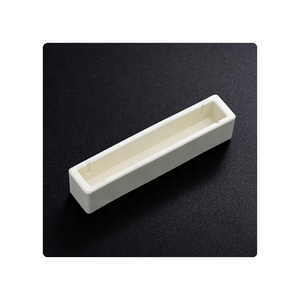
Fish tank Filter Brick Aquarium Filter Media Purifying Water Quality Nano Ceramic Bacteria House Quartz Nanobacteria House

Quartz Sand Swing Sieve Fine Powder Gyratory Sifter Ceramic Powder Square Tumbler Screen
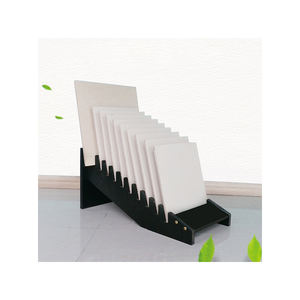
Customizable Size Long Life Casting Quartz Ceramic Crucible for Dental Lab
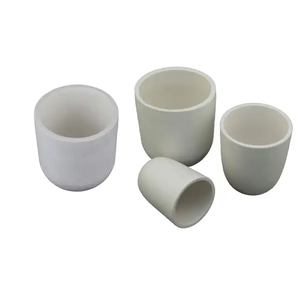
Durable Platinum Quartz Bowl Crucible Gold Silver Copper Material Melting Pot Bag Packed

Custom Exhibition Hall Decorative Wall Floor Ceramic Tiles Marble Granite Mosaic Quartz Stone Sample Metal Display Rack Stand
